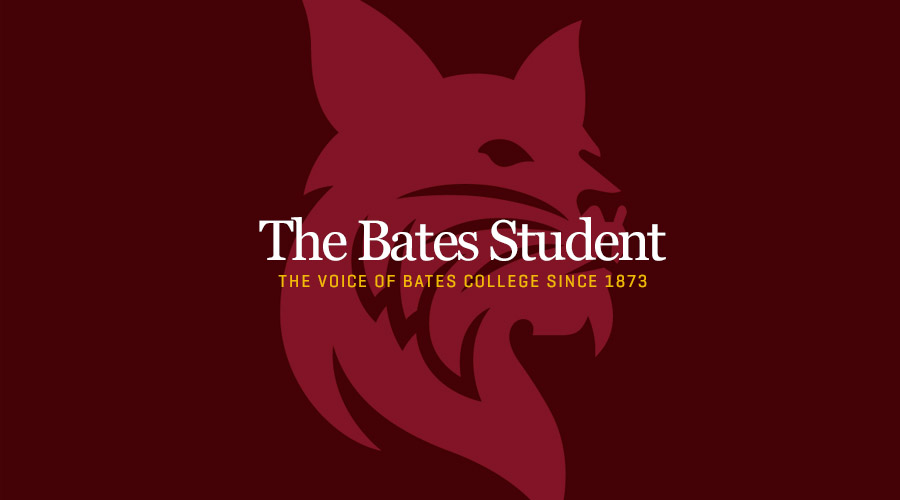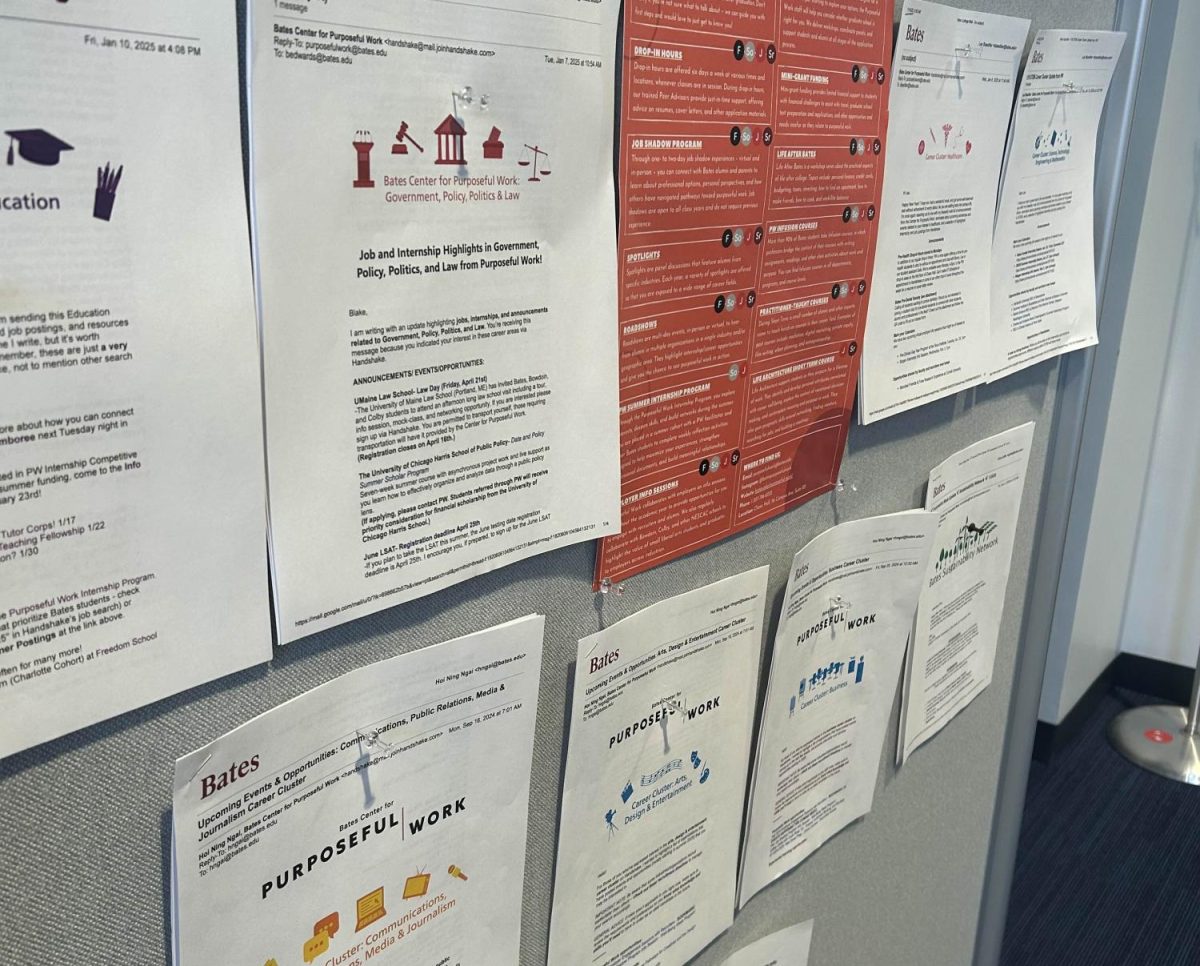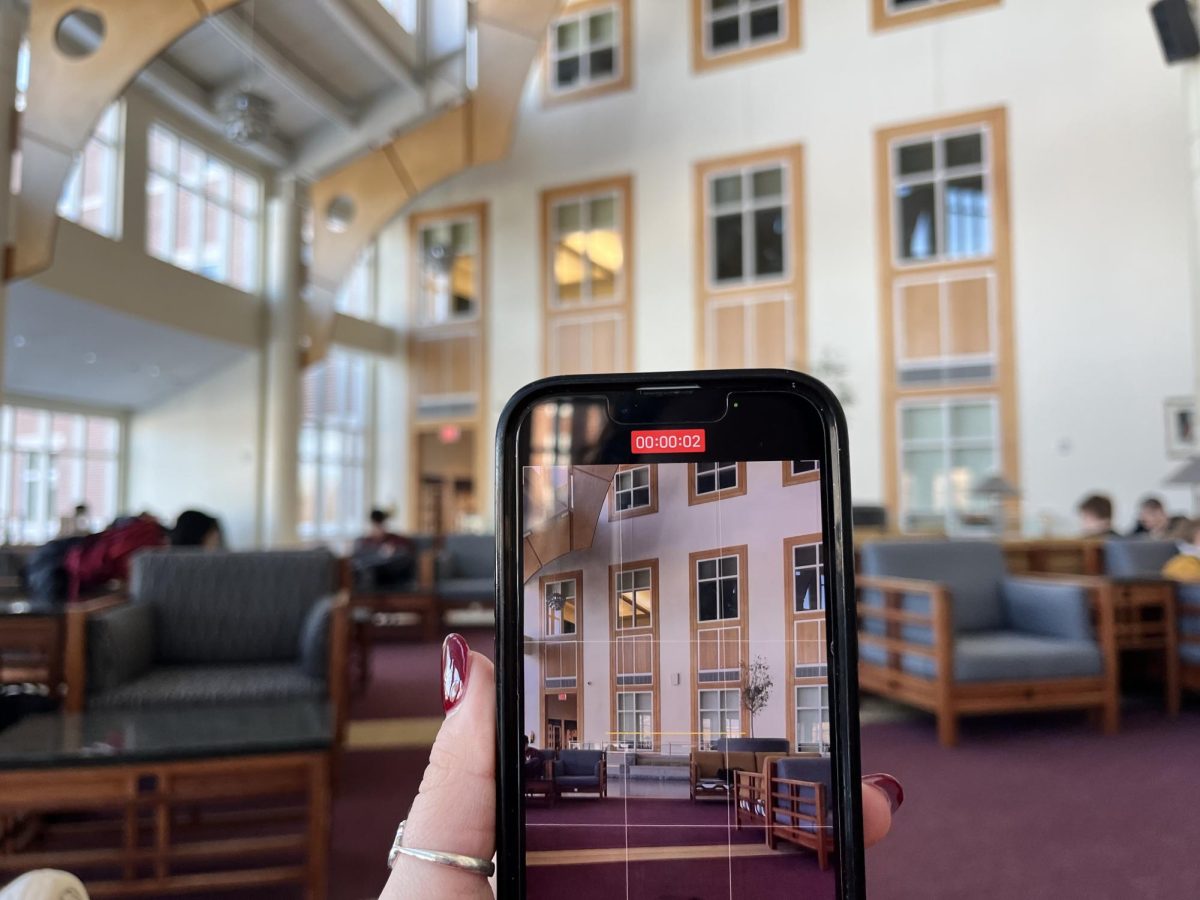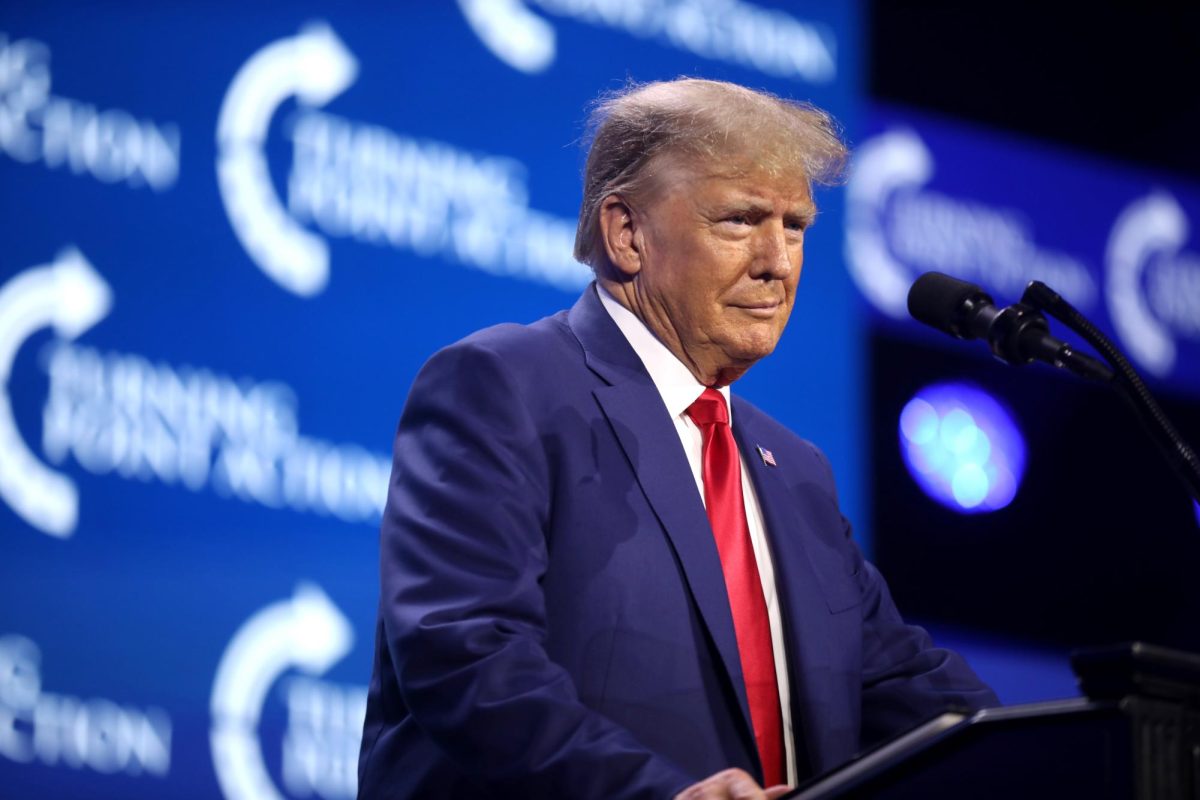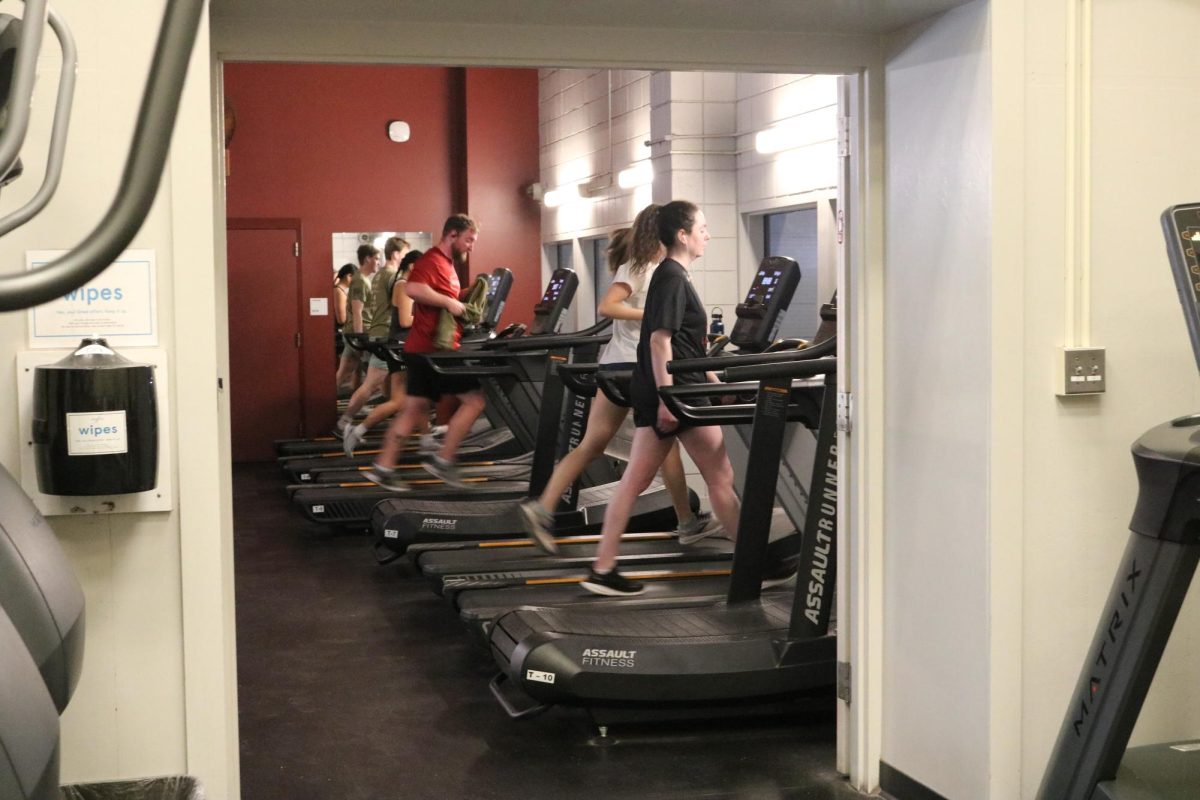 Last week marked the first games of the 2012-13 National Hockey League (NHL) season after a four-month long strike reduced the season to only 48 games. The lockout originated after a dispute between the team owners and the NHL Players’ Association concerning the league’s collective bargaining agreement.
Last week marked the first games of the 2012-13 National Hockey League (NHL) season after a four-month long strike reduced the season to only 48 games. The lockout originated after a dispute between the team owners and the NHL Players’ Association concerning the league’s collective bargaining agreement.
Since 1990, there have been ten lockouts in the main professional sports leagues in the United States. These include: Major League Baseball (MLB) in 1990; the NHL in the ’94-95, ’04-05, and ’12-13 seasons; the National Basketball Association (NBA) in the ’95 and ’96 off-seasons as well as the ’98-99 and ’11-12 regular seasons; and the National Football League (NFL) in ’11 in addition to the ’12 NFL referee strike.
Like the most recent NHL lockout, most other sports lockouts originate after financial or other rule-based disputes. As with most other private sector industries labor negotiations in professional sports leagues fall under the National Labor Relations Act which protects the right for both employers and employees to strike or lockout in response to perceived unfair actions.
Unlike other industries, though, professional sports are typically severely impacted by lockouts since there is only one employer – the league – and one body of workers. The league is dependent on their athletes, since they are virtually irreplaceable by anyone of similar caliber. Likewise, the players are dependent on the league for their multi-million dollar contracts that would be unavailable in the same amount from any other league. Therefore, both sides of a labor disagreement have especially high stakes in any negotiation dispute.
While the loudest critics of most sports lockouts are typically those of the fans, whose source of entertainment is compromised for an indefinite period of time, there are several other important factors to consider, primarily the national economy.
For example, according to Plunkett Research, the NFL itself makes $9.5 billion per year, and adds more than $5 billion to its teams’ local economies. In addition, the league sustains the existence of an estimated 110,000 jobs, which include such positions as those who work at concession stands or those who produce jerseys and memorabilia.
While the NHL is not quite as massive as the NFL in terms of total revenue, the recent lockout still produced several economic issues. For example, during the lockout, the NHL league commissioner said that “the business is probably losing between $18 and $20 million a day and the players are losing between $8 and $10 million a day”. Many league and team employees received pay cuts or were laid off during the lockout. Local businesses near NHL arenas also reported adverse economic effects stemming from the lockout.
So what can be done to alleviate or even prevent future economic impact stemming from such lockouts? Many agree that a potential solution would be to make professional sports exempt from the National Labor Relations Act, just as agricultural, railroad, and government jobs currently are.
In a 2011 op-ed with the New York Times, author George Yorgakaros proposed that professional sports adapt a model similar to the Railway Labor Act of 1926 (RLA). This Act, along with the National Mediation Board (the RLA oversight group), regulate labor negotiations in sectors such as air and train travel that are very difficult – if not impossible – to replace in the case of an impacting labor dispute. The RLA dictates that the negotiating parties cannot declare a strike or lockout, and maintains strict organization over such negotiations in the form of structured arbitration and cooling-off periods in the case of such a disagreement.
Yorgakaros explains the multiple benefits that could arise from such a change. One of the biggest impacts would be that the sports season would continue during labor negotiations. This would avert negative impacts onto local business and fans. If all attempts at an agreement fail, one of the sides could still request a lockout or strike from the oversight committee, but “the system would encourage cooperation and greatly reduce the risk of economic disruption”.
By framing the impact of sports lockouts in terms of economic disruption rather than simply a nuisance to fans, one can see the possible benefits of enacting changes to the current labor negotiation model. However, such a change would require governmental intervention – a move that would certainly be met by much disapproval from the right wing. Such potential opposition must see the bigger picture: the economic benefit to the United States as a whole. If such a change as discussed in this article could become reality, the players, leagues, fans and the league employees would all reap the immediate benefits.


